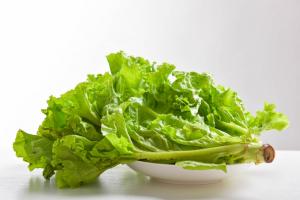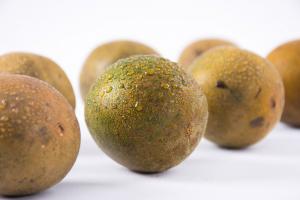How Often Should You Feed Potted Plants
Potted plants are a great way to add some greenery to your home or office. However, it is important to understand the proper care and maintenance for your potted plants in order to ensure their survival and growth. One aspect of caring for potted plants is feeding them. Here, we will discuss how often you should feed your potted plants to keep them healthy and thriving.
The Type of Plant Determines Feeding Frequency
Before discussing how often to feed your potted plants, it is important to note that the type of plant you have will determine the frequency with which it needs to be fed. Some plants require more frequent feedings than others. For example, plants like succulents and cacti require less frequent feeding due to their ability to store water in their leaves and stems. On the other hand, plants like ferns and orchids require more frequent feedings due to their higher water needs.
Frequency of Watering vs. Feeding
While it is important to understand how often to feed your potted plants, it is also important to note that feeding should not be confused with watering. Watering should be done more frequently than feeding. In general, plants should be watered whenever the soil feels dry to the touch. This could be anywhere from every few days to once a week, depending on the plant and the conditions in your home or office. Feeding, on the other hand, should be done less frequently. Too much feeding can actually harm your plants and lead to over-fertilization, which can stunt growth or even kill your potted plants.
How Often to Feed Your Potted Plants
So, how often should you feed your potted plants? As mentioned earlier, the frequency of feeding will depend on the type of plant you have. In general, most indoor plants should be fed every 2-3 weeks during their growing season, which is typically spring and summer. During the dormant season or winter season, feeding should be done less frequently, around every 6-8 weeks.
It is also important to use the right type of fertilizer for your potted plants. There are many different types of fertilizers available, each with its own specific nutrient makeup. Research the specific needs of your plant to determine which type of fertilizer to use. In general, it is best to use a balanced fertilizer that has equal amounts of nitrogen, phosphorous, and potassium.
Feeding Tips and Tricks
When feeding your potted plants, it is important to follow the instructions on the fertilizer label carefully. Over-fertilizing can harm your plants and lead to stunted growth or even death. It is also important to avoid getting fertilizer on the leaves or stems of your plants, as this can cause damage to the leaves and even burn them.
You can also help your plants thrive by using a few other strategies in addition to feeding. These include ensuring that your plant has adequate sunlight, not overwatering, and ensuring that the pot has adequate drainage so that your plants do not become waterlogged. These strategies, combined with proper feeding frequency, will help ensure that your potted plants stay healthy and thriving for years to come.
In Conclusion
Feeding your potted plants is an important aspect of proper plant care. By understanding how often to feed your plants, as well as the specific needs of your plant, you can help ensure that they stay healthy and thriving. Remember to use the right type of fertilizer, follow the instructions carefully, and avoid over-fertilization. With these strategies in place, you can enjoy beautiful, healthy plants in your home or office year-round.

 how many times do yo...
how many times do yo... how many planted tre...
how many planted tre... how many pine trees ...
how many pine trees ... how many pecan trees...
how many pecan trees... how many plants comp...
how many plants comp... how many plants can ...
how many plants can ... how many plants and ...
how many plants and ... how many pepper plan...
how many pepper plan...































